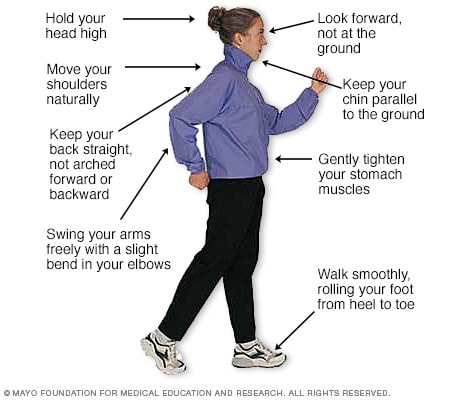To get a quick gauge of your current company culture, you can do a few activities.
Have a look at what is being promoted and encouraged within the company.
What pictures, videos or posts are team members posting on internal company channels? Are those pictures of team events, community activities, nature, industry reports or something else? What is the engagement level on those posts?
See what activities team members spend most of their time on besides their day to day work responsibilities.
Are team members actively participating in company events, social events or any event in general? Do the same individuals tend to attend these social events compared to other team members? Are there regular planned company culture activities?
Management’s time and effort in company culture related activities
Does senior leadership understand the benefits of company culture and activities around it? Do they show up or be present in the cultural activities of the company? How is the leadership team treating or behaving towards the volunteers who organize the company culture activities?





